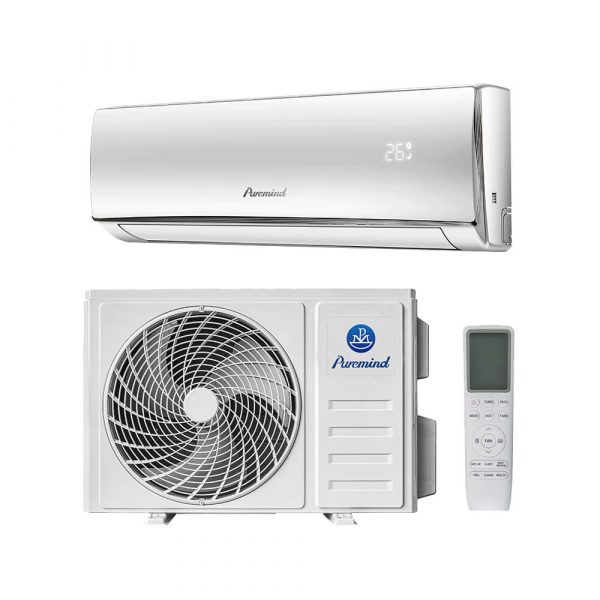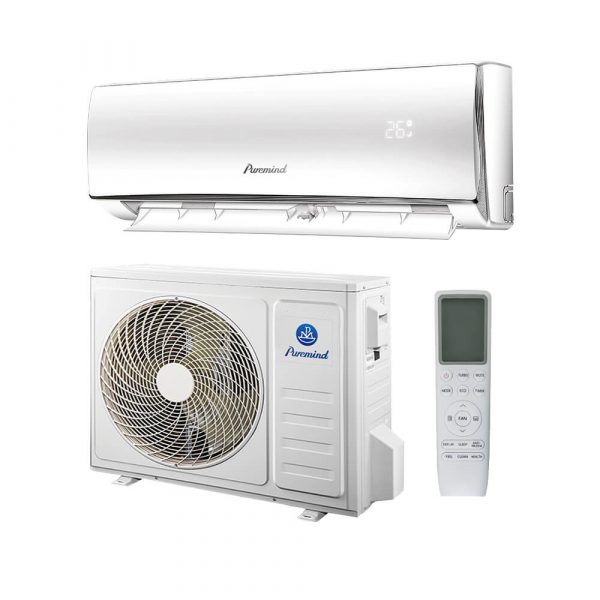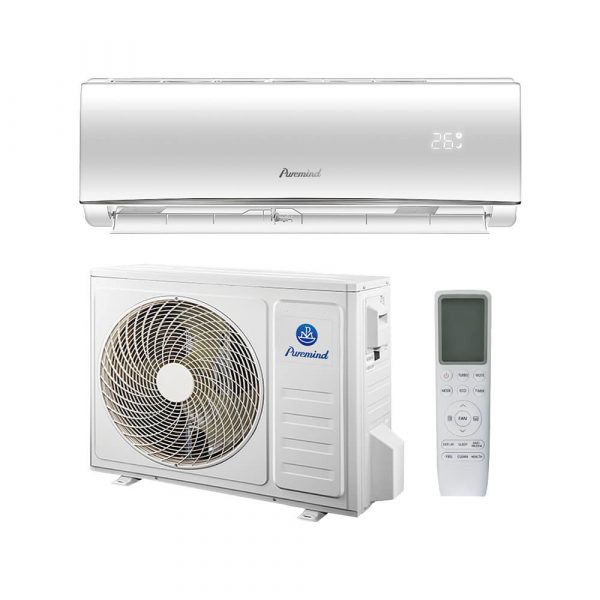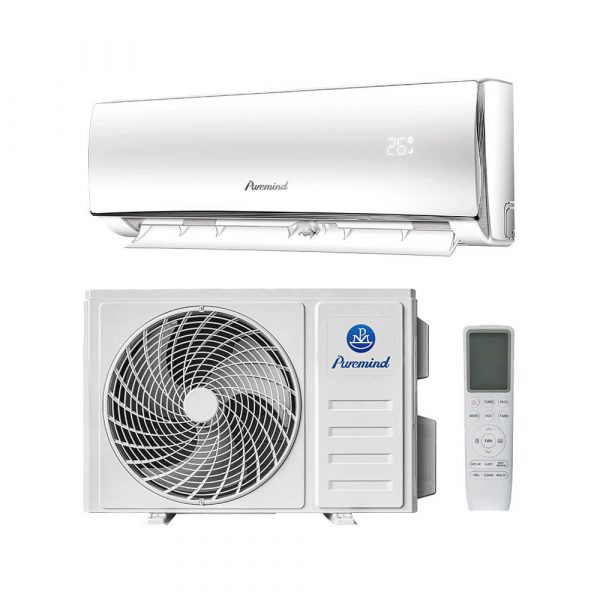Ceiling Split Air Conditioner – A Complete Guide for Wholesalers, Suppliers, and Distributors
The demand for ceiling split air conditioner units has been growing steadily in both residential and commercial markets. For wholesalers, suppliers, and distributors, understanding this product category is essential to capture opportunities in the HVAC industry. This guide explores key features, benefits, applications, installation considerations, and supplier strategies to help your business thrive.
What is a Ceiling Split Air Conditioner?
A ceiling split air conditioner is a type of ductless split system where the indoor unit is mounted on or recessed into the ceiling. Unlike wall-mounted split units, ceiling models distribute air more evenly, making them suitable for larger spaces such as offices, restaurants, and retail stores. These systems consist of two main parts: an indoor unit and an outdoor compressor, connected by refrigerant piping.
Key Features of Ceiling Split Air Conditioners
- Wide air distribution – Efficient cooling for open-plan layouts.
- Space-saving design – Ideal for commercial interiors where wall space is limited.
- Quiet operation – Advanced compressors and fan designs reduce noise levels.
- Energy efficiency – Many models meet Energy Star standards for reduced operating costs.
- Flexible installation – Options for surface mounting or semi-concealed installation.
Benefits for End Users
Wholesalers and suppliers promoting ceiling split air conditioners should highlight these end-user advantages:
- Even cooling distribution across large areas.
- Aesthetic integration with modern interiors.
- Reduced energy bills with inverter-driven models.
- Improved indoor air quality with advanced filtration systems.
Applications of Ceiling Split Air Conditioners
These units are widely used across multiple industries:
- Restaurants and cafés requiring quiet, efficient cooling.
- Retail stores aiming for unobstructed wall displays.
- Open-plan offices seeking consistent air distribution.
- Hotels and conference rooms prioritizing comfort and design.
Why Ceiling Split Air Conditioners Appeal to Wholesalers and Suppliers
For wholesalers and distributors, ceiling split air conditioners present strong opportunities:
- High demand in both new installations and retrofits.
- Premium pricing compared to wall-mounted units.
- Compatibility with modern energy regulations and green building standards.
- Growing interest from commercial buyers seeking discreet cooling solutions.
Installation Considerations
To ensure customer satisfaction, suppliers should educate installers about:
- Ceiling structure requirements – Ensuring adequate support for recessed or surface-mounted units.
- Airflow planning – Avoiding obstructions that disrupt circulation.
- Drainage management – Proper condensate removal to prevent leaks.
- Refrigerant compliance – Following regulations set by ASHRAE.
How to Choose the Right Ceiling Split Air Conditioner
When guiding buyers, wholesalers should focus on:
- Room size and layout – Larger spaces need higher capacity systems.
- Energy rating – Higher SEER values ensure efficiency.
- Noise level – Offices and hospitality venues prefer quieter models.
- Brand reliability – Reputable manufacturers provide long-term warranties and support.
Supplier and Distributor Best Practices
Wholesalers and distributors can maximize sales of ceiling split air conditioners by adopting these strategies:
- Educate dealers – Provide training sessions on installation and product benefits.
- Offer bundled solutions – Pair indoor units with compatible outdoor compressors.
- Highlight financing options – Attract business customers with flexible payment terms.
- Promote inventory visibility – Showcase available stock on your product pages, such as split air conditioners.
Market Trends and Future Outlook
The ceiling split air conditioner market is expected to grow significantly over the next decade. Factors driving growth include increasing demand for energy-efficient HVAC systems, stricter environmental regulations, and expanding construction in emerging markets. Suppliers who adapt to these trends by offering high-efficiency units and eco-friendly refrigerants will gain a competitive edge.
Conclusion: Why Ceiling Split Air Conditioners Should Be in Your Product Portfolio
In summary, the ceiling split air conditioner is more than just a cooling solution—it is a profitable business opportunity for wholesalers, suppliers, and distributors. With advantages in design, energy efficiency, and customer demand, this product category is essential for any HVAC supplier looking to expand market share. By leveraging installation knowledge, supplier best practices, and market trends, you can position your business for long-term success in the HVAC industry.
External Source: This article references standards and guidelines from ASHRAE. Next recommended source for rotation: AHRI (https://www.ahrinet.org/).







